The art of macaron-making is a delicate dance of precision and patience, where even the slightest misstep can lead to cracked shells or hollow interiors. Among the many crucial steps in this process, one often overlooked yet pivotal stage is the drying of the macaron shells—known as "drying" or "resting" the skins. This phase, where the piped batter is left to form a thin, dry layer before baking, is what separates amateur attempts from professional-quality macarons. The key to perfect drying lies in that elusive moment when the surface is no longer sticky to the touch but retains just enough flexibility to avoid cracking under heat.
Walk into any patisserie worth its salt, and you’ll find trays of piped macaron shells resting quietly, their surfaces gradually transforming under the watchful eye of a seasoned baker. The process seems simple enough: pipe the almond-flour-and-meringue mixture onto a baking sheet, then let it sit until a skin forms. But the reality is far more nuanced. The drying time can vary dramatically depending on humidity, temperature, and even the specific recipe used. Too little drying, and the shells will crack as they rise in the oven; too much, and they’ll develop a tough, leathery exterior that ruins the delicate texture macarons are known for.
The tactile test—gently pressing a fingertip against the surface—is the baker’s most reliable tool. When the batter no longer clings to the skin, yet springs back slightly under pressure, it’s reached the ideal state. This moment, often described as the "no-stick threshold," is where intuition and experience come into play. Some bakers swear by the "nudge test," where a light tap should leave no indentation, while others rely on visual cues, waiting for the shells to lose their glossy sheen. Regardless of method, the goal is the same: a surface sturdy enough to trap steam inside during baking, creating the iconic "foot" at the base of the macaron.
Climate plays a silent but significant role in this stage. In humid environments, achieving the perfect dry skin can feel like an uphill battle. Bakers in tropical regions often resort to creative workarounds, from using dehumidifiers to lightly dusting the shells with cocoa powder to absorb excess moisture. Conversely, in arid climates, the shells may dry too quickly, leading to premature cracking. This is why many professional kitchens maintain strict control over ambient conditions, treating macaron production with the same precision as a scientific experiment.
Interestingly, the drying phase isn’t just about texture—it’s also a flavor developer. As the shells rest, the ingredients continue to meld, resulting in a more harmonious final product. Some pastry chefs argue that a properly dried macaron has a subtly deeper flavor profile, with the almond flour’s nuttiness becoming more pronounced. This slow transformation underscores the fact that macarons aren’t merely assembled; they’re cultivated through careful timing and environmental awareness.
For home bakers attempting macarons for the first time, the drying stage is where most frustrations arise. It’s tempting to rush the process, especially when eager to see the finished product. But as any macaron maestro will attest, patience isn’t just a virtue here—it’s a requirement. The next time you admire a perfectly domed, footed macaron with a smooth, unblemished top, remember: behind that flawless exterior lies hours of careful waiting, testing, and trusting in that critical moment when the skin crosses from sticky to set.

By /Jul 31, 2025

By /Jul 31, 2025

By /Jul 31, 2025

By /Jul 31, 2025
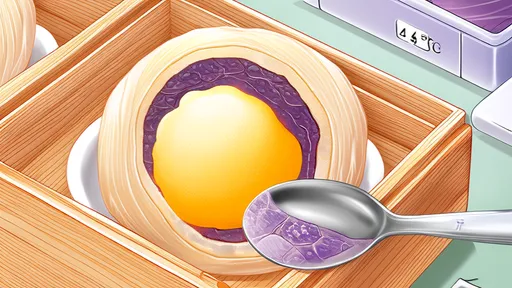
By /Jul 31, 2025

By /Jul 31, 2025

By /Jul 31, 2025

By /Jul 31, 2025

By /Jul 31, 2025

By /Jul 31, 2025

By /Jul 31, 2025
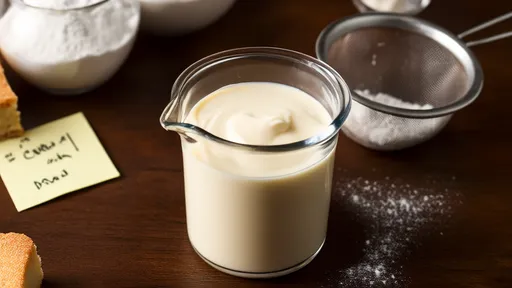
By /Jul 31, 2025

By /Jul 31, 2025

By /Jul 31, 2025

By /Jul 31, 2025

By /Jul 31, 2025

By /Jul 31, 2025
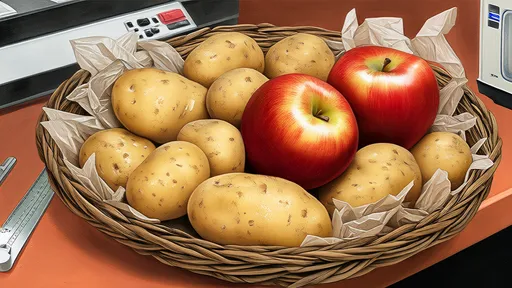
By /Jul 31, 2025
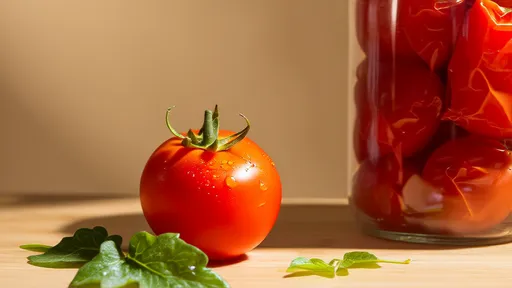
By /Jul 31, 2025
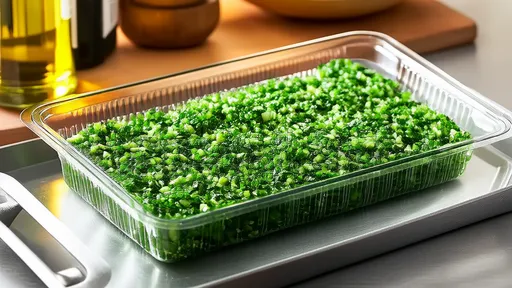
By /Jul 31, 2025